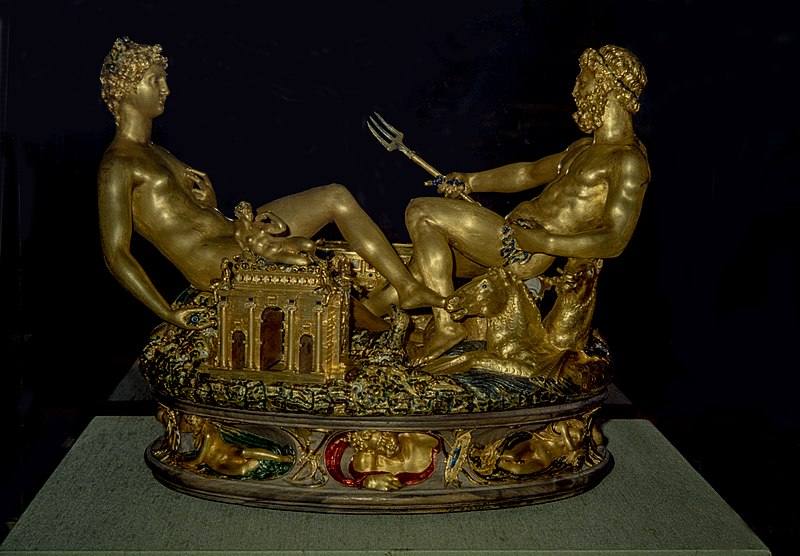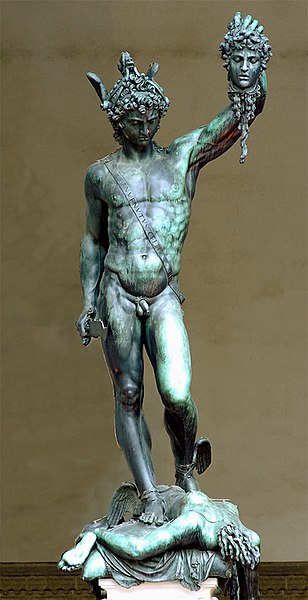settings
Les Misérables vocabulary
44 places mentioned
help & settings
[x]
-
Benvenuto Cellini
-
► definition
Definition:[1500 - 1571]an Italian goldsmith, sculptor, draftsman, soldier, musician, and artist who also wrote a famous autobiography and poetry.He was one of the most important artists of Mannerism. He is remembered for his skill in making pieces such as the Cellini Salt Cellar and Perseus with the Head of Medusa.text from Wikipedia, licensed under Creative Commons - Attribution - Sharealike---In 1838 Berloiz staged an opera about Cellini's life.
 photo 1: by Jerzy Strzelecki, Kunsthistorisches Museum [CC BY 3.0 (https://creativecommons.org/licenses/by/3.0 )photo 2: by fr:Utilisateur:DS CC BY-SA 3.0, https://commons.wikimedia.org/w/index.php?curid=409143sound file: by the US Marine Band. public domain (sample only)
photo 1: by Jerzy Strzelecki, Kunsthistorisches Museum [CC BY 3.0 (https://creativecommons.org/licenses/by/3.0 )photo 2: by fr:Utilisateur:DS CC BY-SA 3.0, https://commons.wikimedia.org/w/index.php?curid=409143sound file: by the US Marine Band. public domain (sample only)
► uses
Uses:
Painting, in fact, is nothing else much than a tree, a man, or any other object, reflected in the water. The distinction between sculpture and painting, is as great as between the shadow and the substance.
Cellini. Letter to Benedetto Varchi, January 28, 1546, translation by Thomas Nugent
---
just as certain rooms are arranged by their owners to serve as the setting for a single work of art (from which they take their name), and, in their studied bareness, contain nothing else besides — displayed to him as he entered it, like some priceless effigy by Benvenuto Cellini of an armed watchman, a young footman, his body slightly bent forward, rearing above his crimson gorget an even more crimson face, from which seemed to burst forth torrents of fire, timidity and zeal,
Marcel Proust. In Search of Lost Time [volume 1]
---
in May 1527, when the Imperial army began its sack of Rome, Sansovino fled. Unlike Benvenuto Cellini, who was a crack shot and claimed to have picked off the commander of the Imperial forces as they breached the walls, Sansovino was a man of peace.Jay Williams. The World of Titian, p.106. Time-Life Books (1968)
